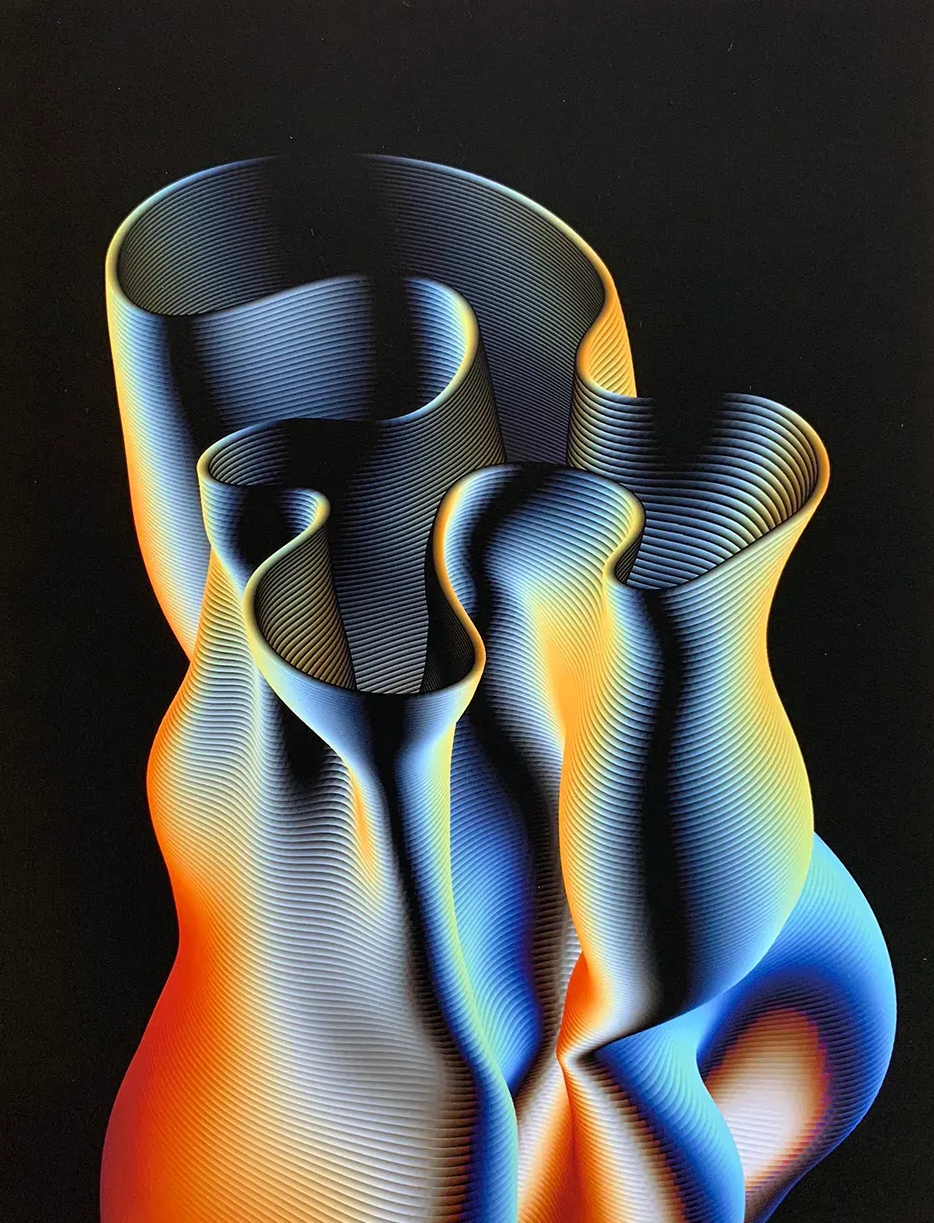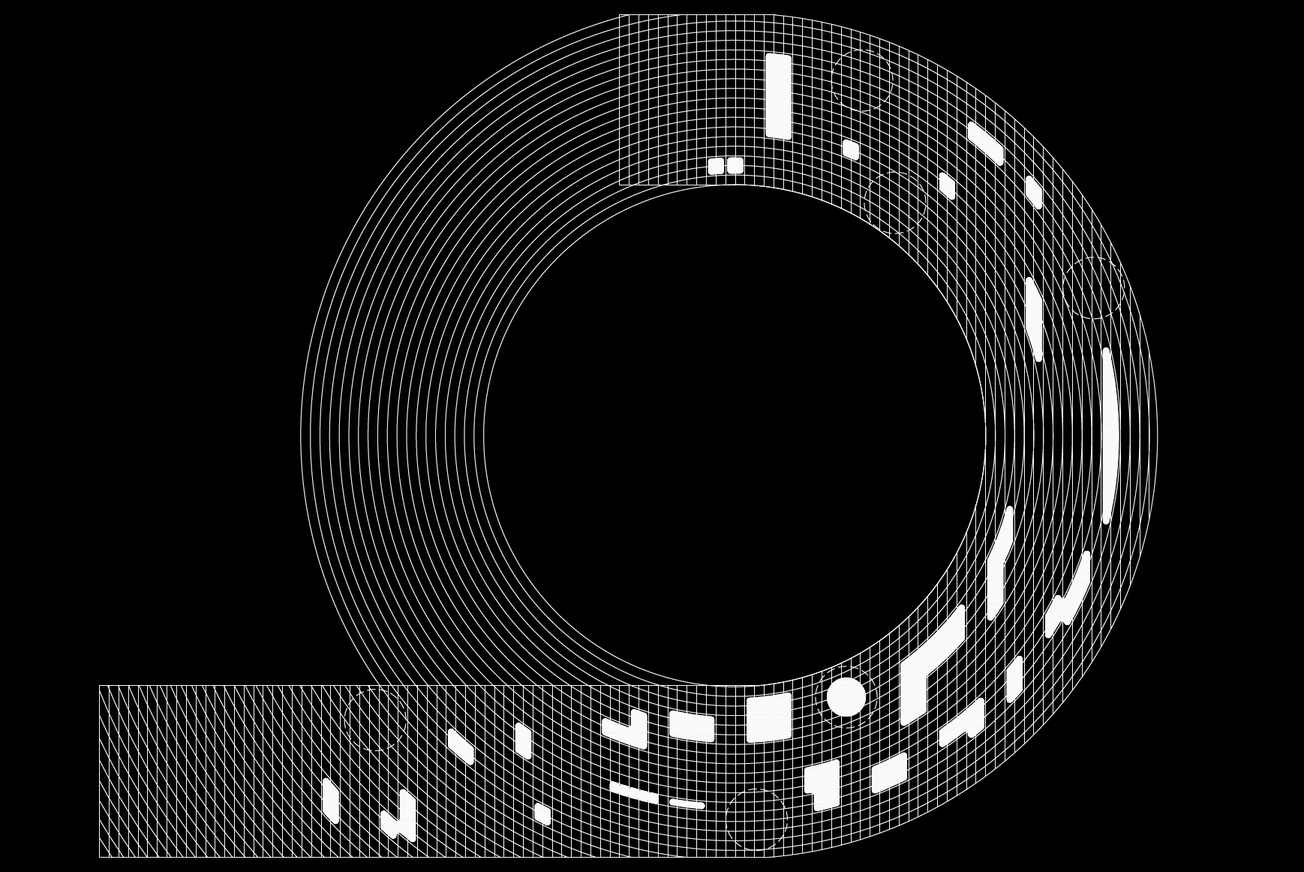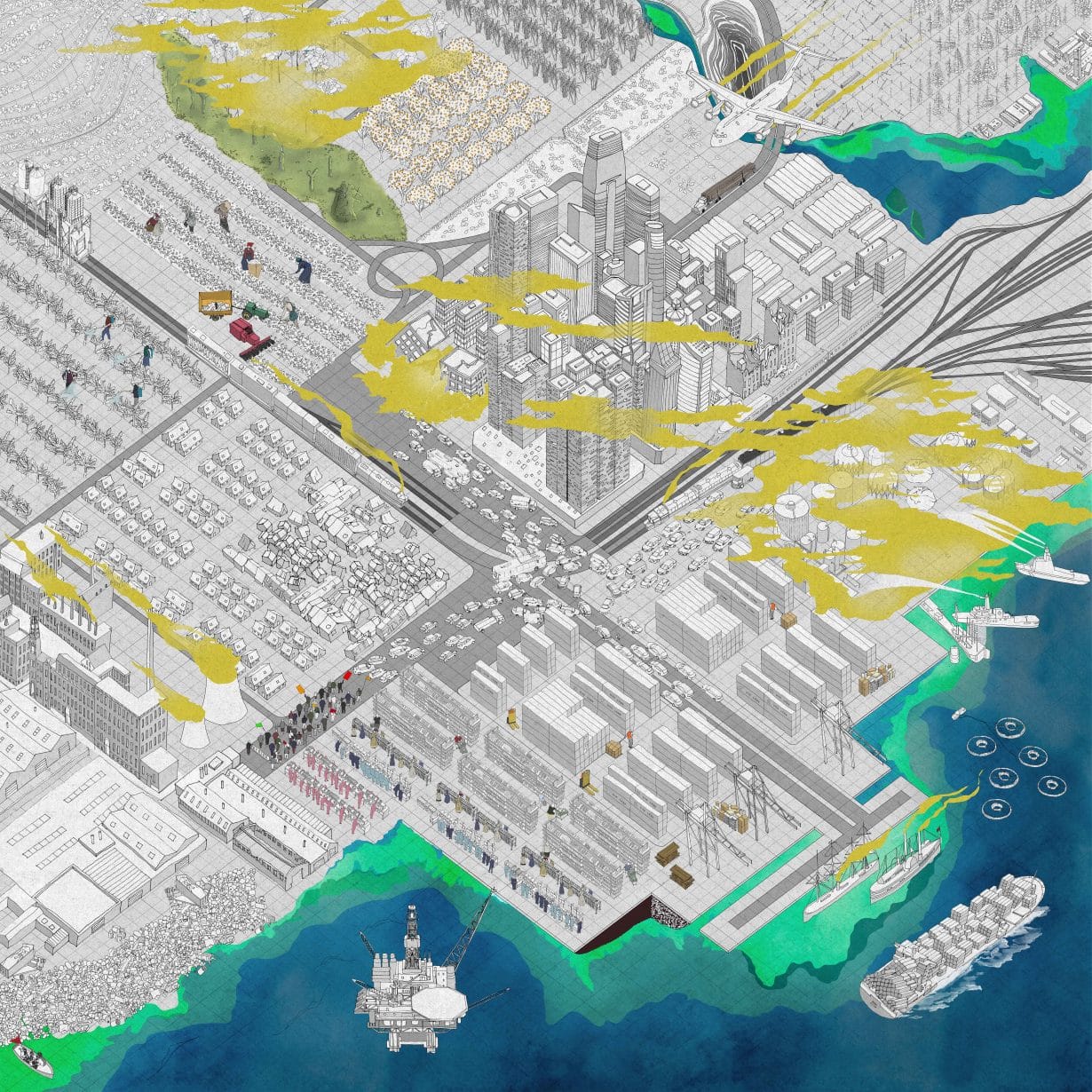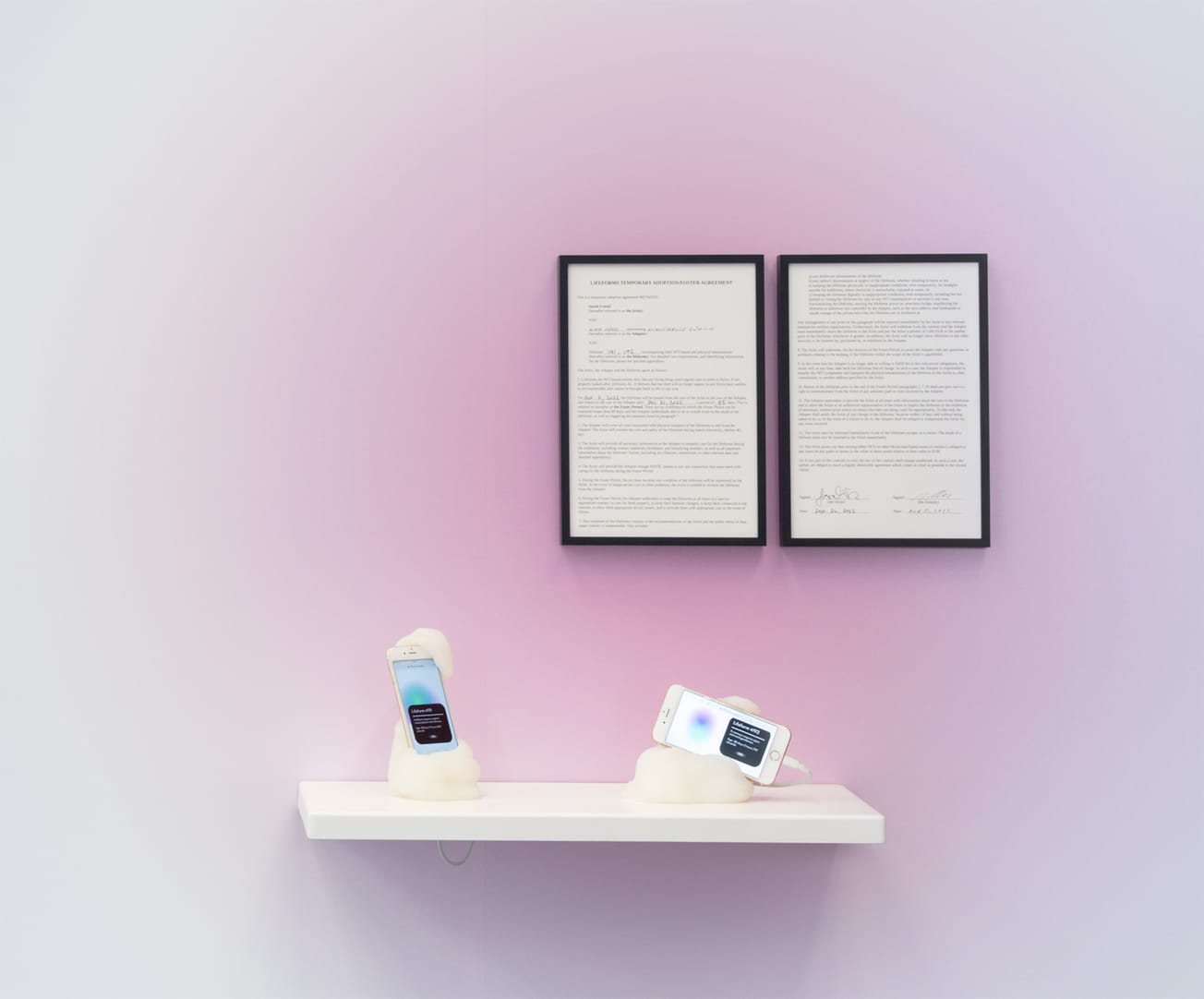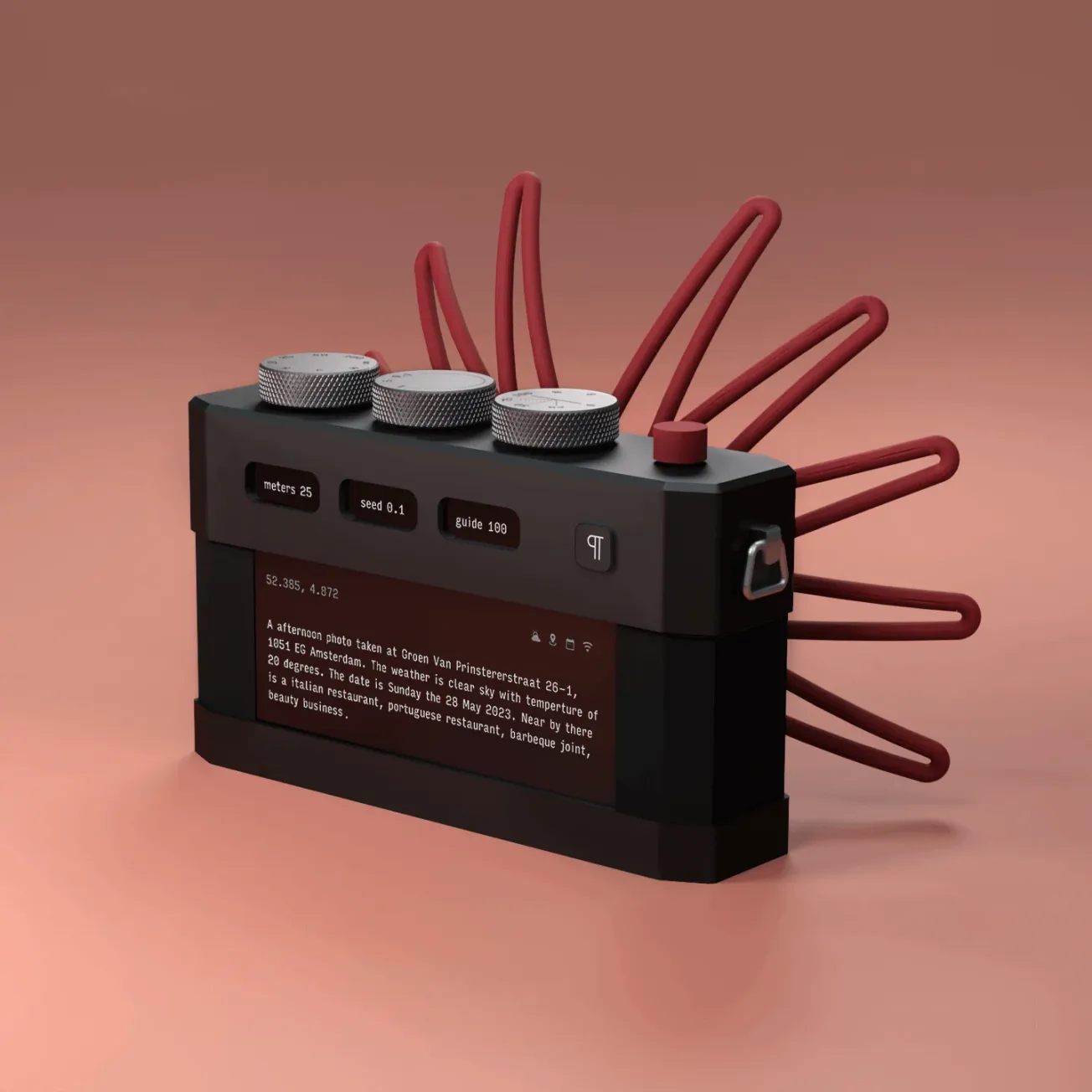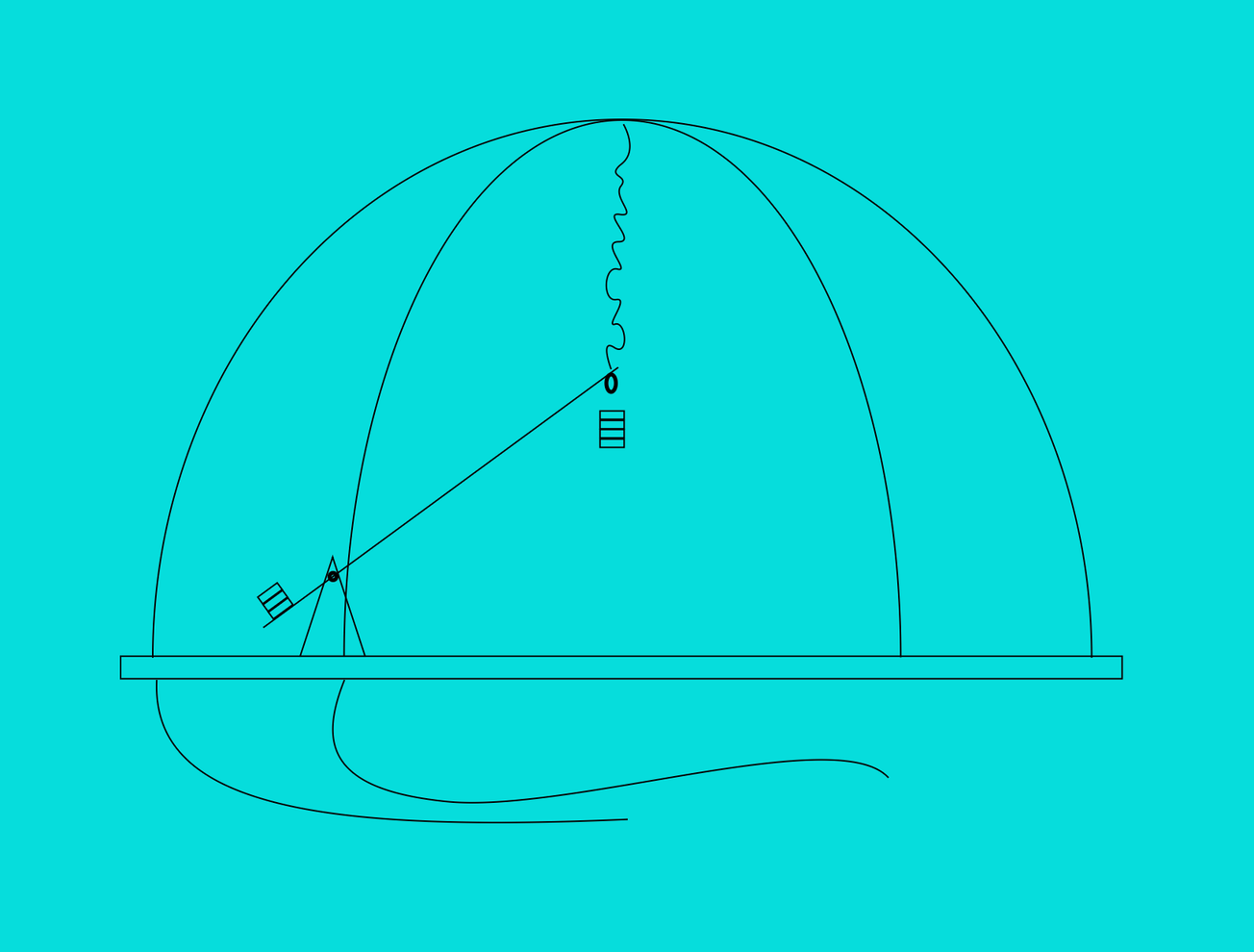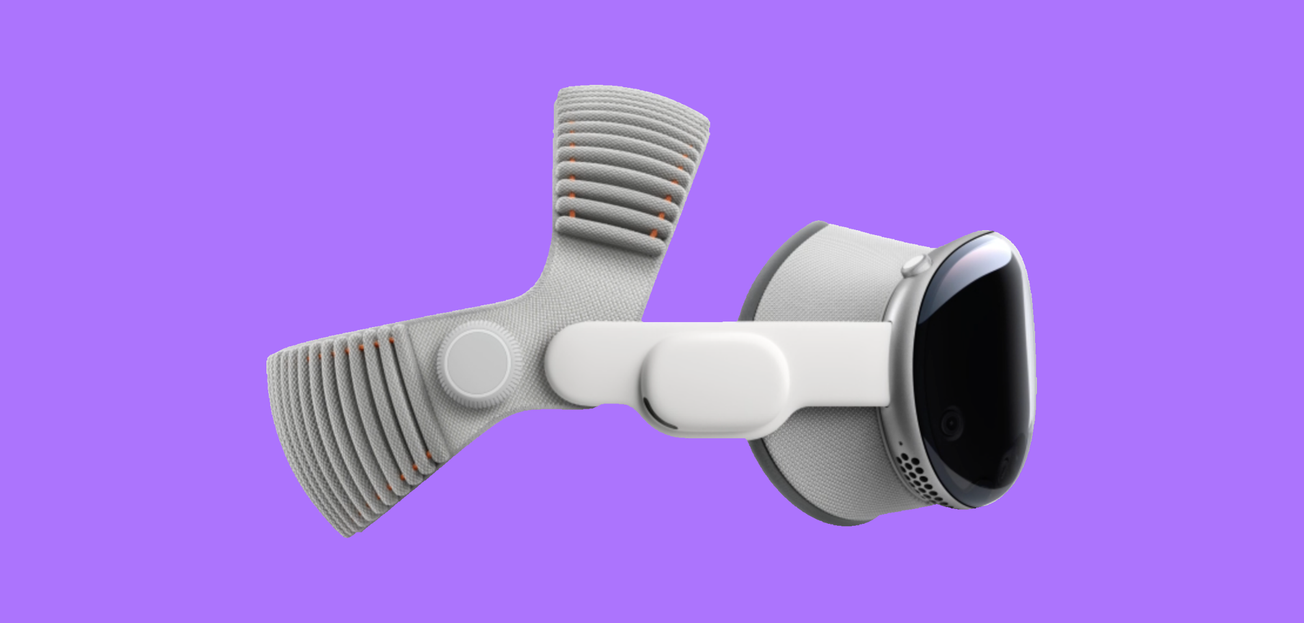Data is not simply the residue of computation; it is a defining material of contemporary design. Working with data is less about representation than about constructing systems that shape perception, subjectivity, and power. Through practices like data visualization, sonification, and generative design, artists and designers are asking not what data shows, but what it does—how it structures meaning, encodes values, and redistributes agency.
Early experiments in computational art and computational design treated data as a neutral input, a conduit for translating one form of information into another. Now, data practices are contested sites where questions of authorship, ethics, and geopolitics converge. To treat data as medium is to foreground not only aesthetic possibility but also the infrastructures of collection, processing, and display that define our technological present.
Designing with Subjectivity
Projects like Dear Data by Giorgia Lupi and Stefanie Posavec demonstrate how visualization can foreground intimacy and subjectivity over efficiency. Each week’s hand-drawn postcard translated mundane personal behaviors into complex, idiosyncratic visual systems. The point was not legibility at scale but what Lupi characterizes as “data humanism,” positioning it as a record of lived nuance rather than abstract fact. Their practice anticipates a broader push against the presumed objectivity of dashboards and infographics, asking what is lost when data is stripped of context.
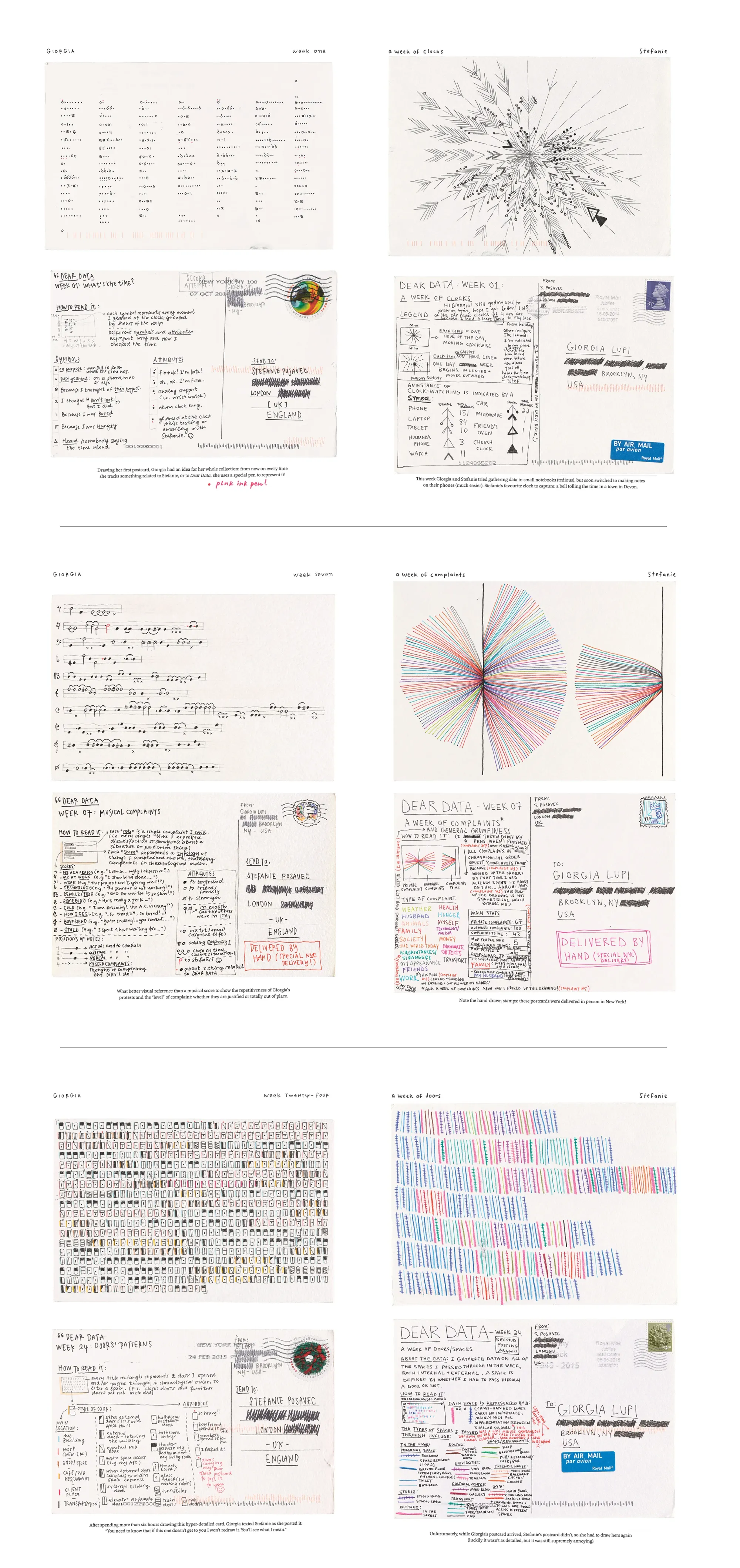
Jer Thorp’s practice extends this conversation into cultural memory by examining how data infrastructures determine which narratives surface and which remain obscured. In works such as Before Us Is the Salesman’s House (created with Mark Hansen), Thorp mapped patterns across eBay transactions and historical texts, revealing the ways commercial and archival systems co‑produce meaning. Rather than focusing on frequency alone, his visual strategies emphasize texture and context, showing how data can be used to illuminate collective imaginaries while also underscoring the silences and omissions built into institutional records. In doing so, Thorp resists the flattening tendencies of conventional visualization, asserting data instead as a discursive surface.

When Data Becomes Audible
Sonification has emerged as a critical counterpoint to visualization, reframing data as something embodied rather than disembodied. Ryoji Ikeda’s superposition stages a collision between quantum physics, live performers, and algorithmically generated sound and image. Rather than translating data into sound, it performs its logics, immersing audiences in a sensory field that foregrounds both the elegance and alienation of computational systems. The work resists straightforward interpretation, demanding that audiences inhabit the aesthetic and conceptual density of quantum information itself.

Christina Kubisch’s long‑running Electrical Walks makes the infrastructures of modern life audible by converting electromagnetic fields into sound. Here, data is not collected from afar but experienced in situ, as participants tune into the invisible emissions of surveillance systems, transit networks, and commercial signage. Kubisch reminds us that data is always already environmental, entangled with the infrastructures that govern everyday life.
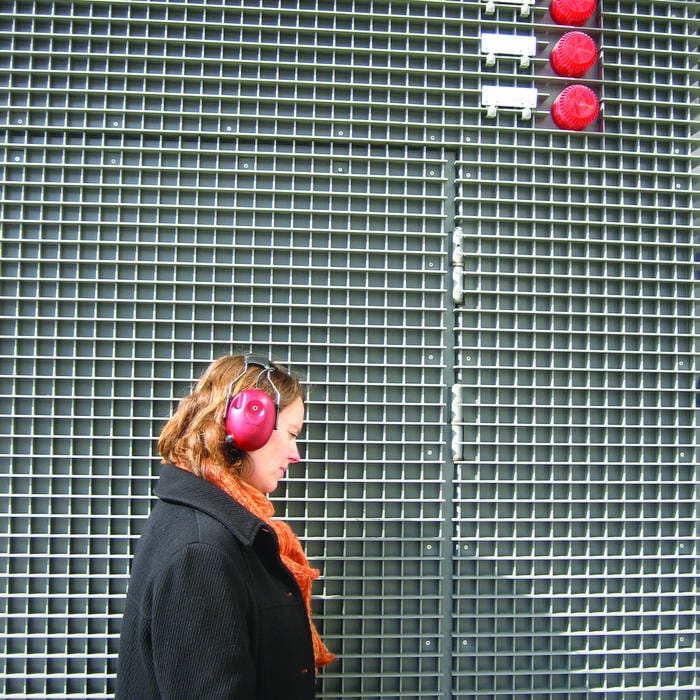
Semiconductor’s Nothing Is Possible (2024) reframes cosmic-scale data into sculptural form. Drawing on astronomical datasets from millions of galaxies, the duo produces LED-based sculptures that mark cosmic voids—vast, nearly empty expanses within superclusters. By materializing absence as sparse pinpricks of light made tangible, the installation invites reflection on how scientific datasets encode aesthetic geometries and perceptual scale. In doing so, it transforms cosmic data into a form that is simultaneously empirical evidence and cultural artifact.
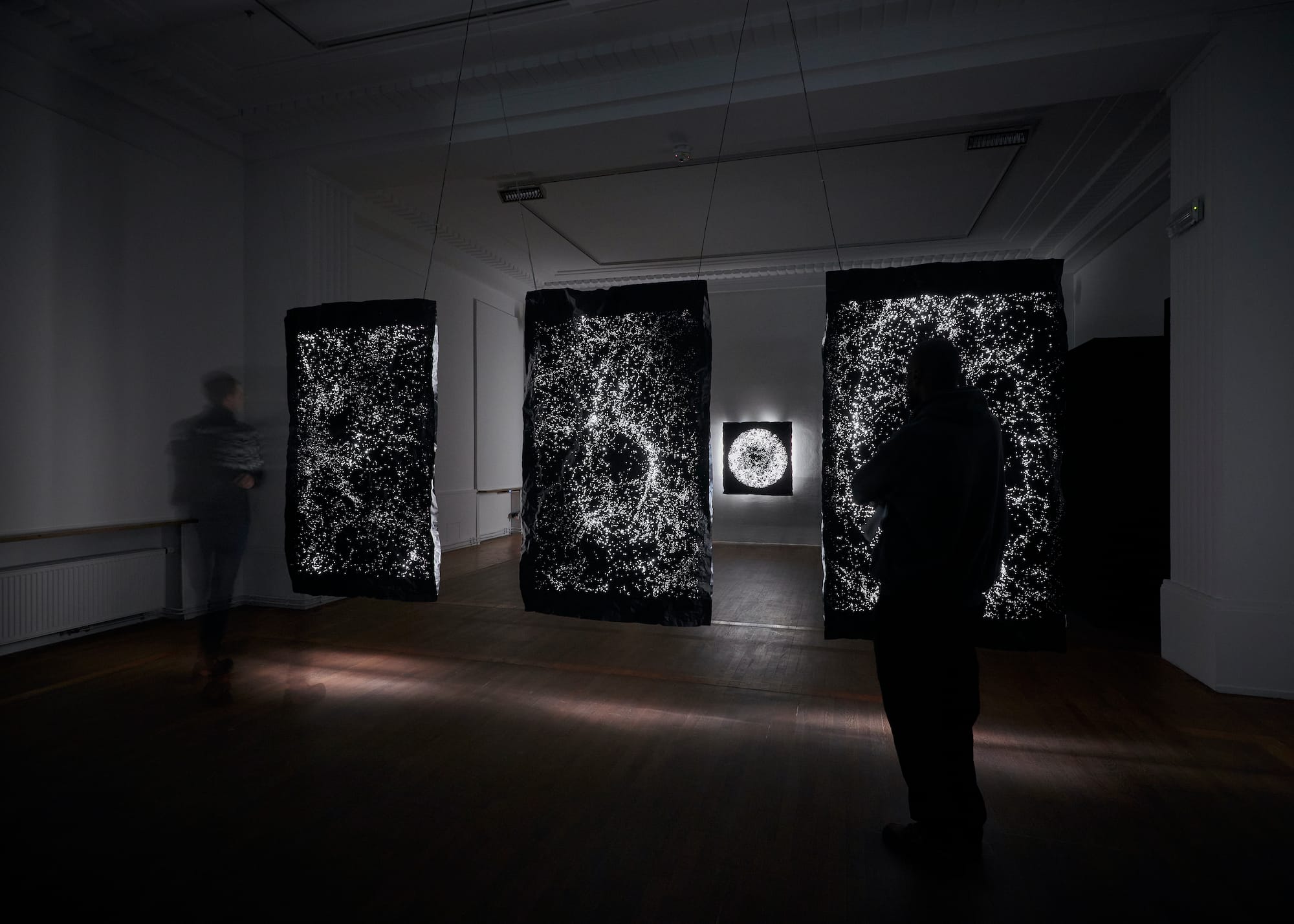
Generativity and the Aesthetics of Scale
Zach Lieberman, co‑founder of the School for Poetic Computation, treats code as a material for human connection. In his long‑running series Daily Sketches (2016–present), Lieberman has created experimental computational drawings almost every day, exploring gesture, movement, and perception through code. These sketches—often interactive—transform abstract algorithms into playful, intimate encounters that foreground the body’s relationship with data. His practice reframes generative systems not as impersonal engines of automation but as instruments for rethinking how we see, move, and communicate.
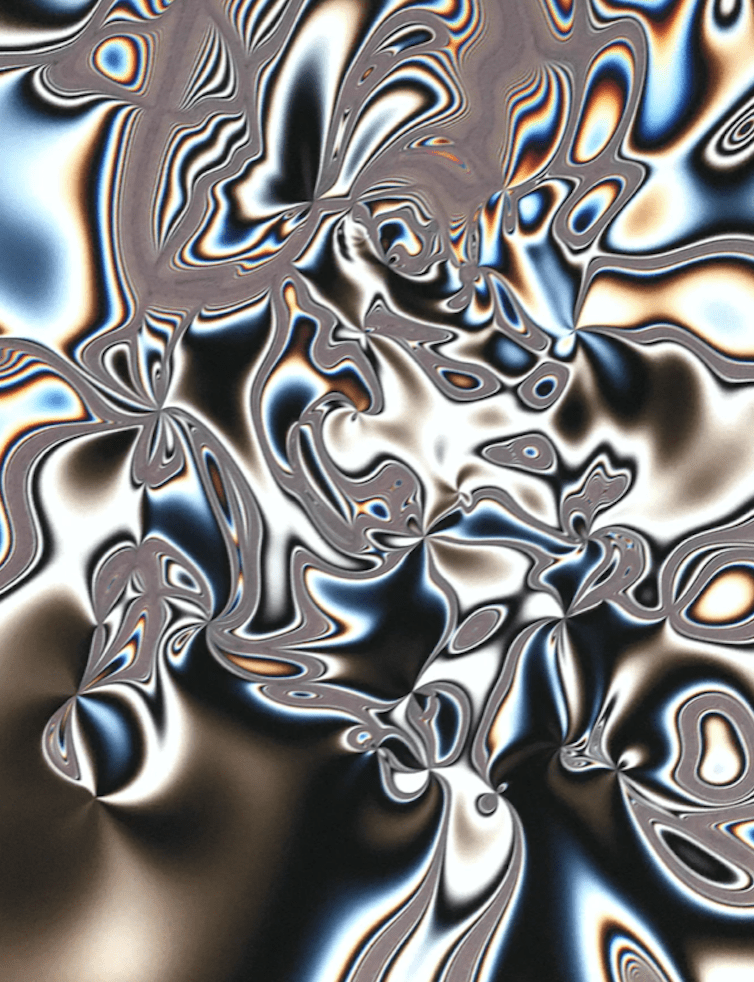
Che‑Wei Wang, working through his studio CW&T, extends this ethos into the material world. Their project Time Since Launch (2018) is a precision‑engineered clock designed to track the time elapsed since a personally meaningful event. Built to run for up to 2,738 years, it embeds computation into ritual, turning an abstract system into a lifelong companion. The piece underscores how generative logic can be embodied in tangible form, revealing how systemic flows of data can structure not just digital experience but physical and temporal reality.

Andreas Gysin and Sidi Vanetti take a quieter but nonetheless rigorous approach. Works like Digits (2014–23) repurpose seven‑segment displays into choreography—each segment programmed to open and close in algorithmically generated patterns. In their Matrices series (64 Pixels, Recursive Tile), LED modules are transformed into evolving visual ecologies through minimalist rule-based logic. Their work consistently foregrounds code as material language, collapsing the distinction between algorithmic process and formal expression.
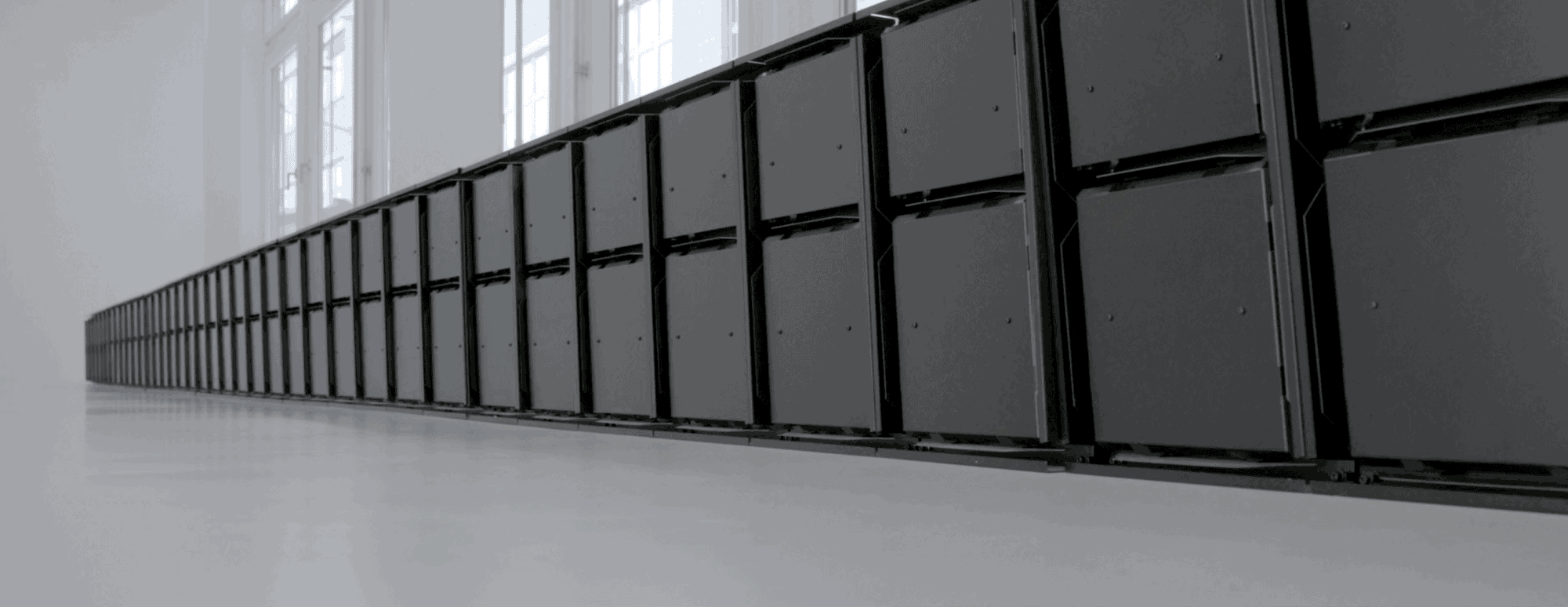
Critical Counter Systems
If generative practices demonstrate what data can make possible, counter system practices insist on asking what data makes permissible. These interventions treat data not as material to be styled, but as terrain where surveillance, identity, and power are made visible—and contested—from within.
Tactical Tech’s The Glass Room constructs an immersive exhibition platform exposing how surveillance and platform infrastructures extract value from the behaviors they quietly capture. Through interactive installations and curated artifacts, it challenges the fiction of informed consent and reveals the attention economies underwriting data driven civic systems.
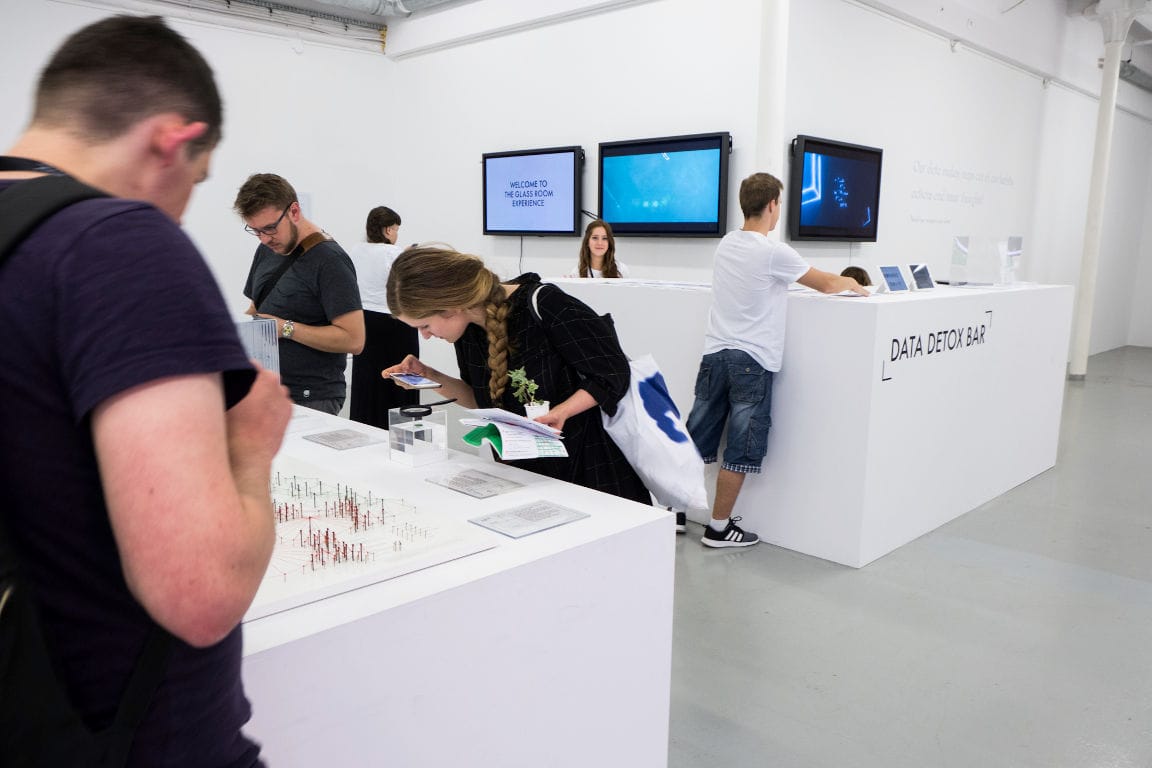
Mimi Ọnụọha’s The Library of Missing Datasets names the datasets that never existed: records of police surveillance in low income areas, caste-based discrimination, queer health outcomes. By archiving these absences in exhibition form, Ọnụọha demonstrates how omission itself is a mechanism of erasure, showing that what data excludes can be just as politically charged as what it includes.
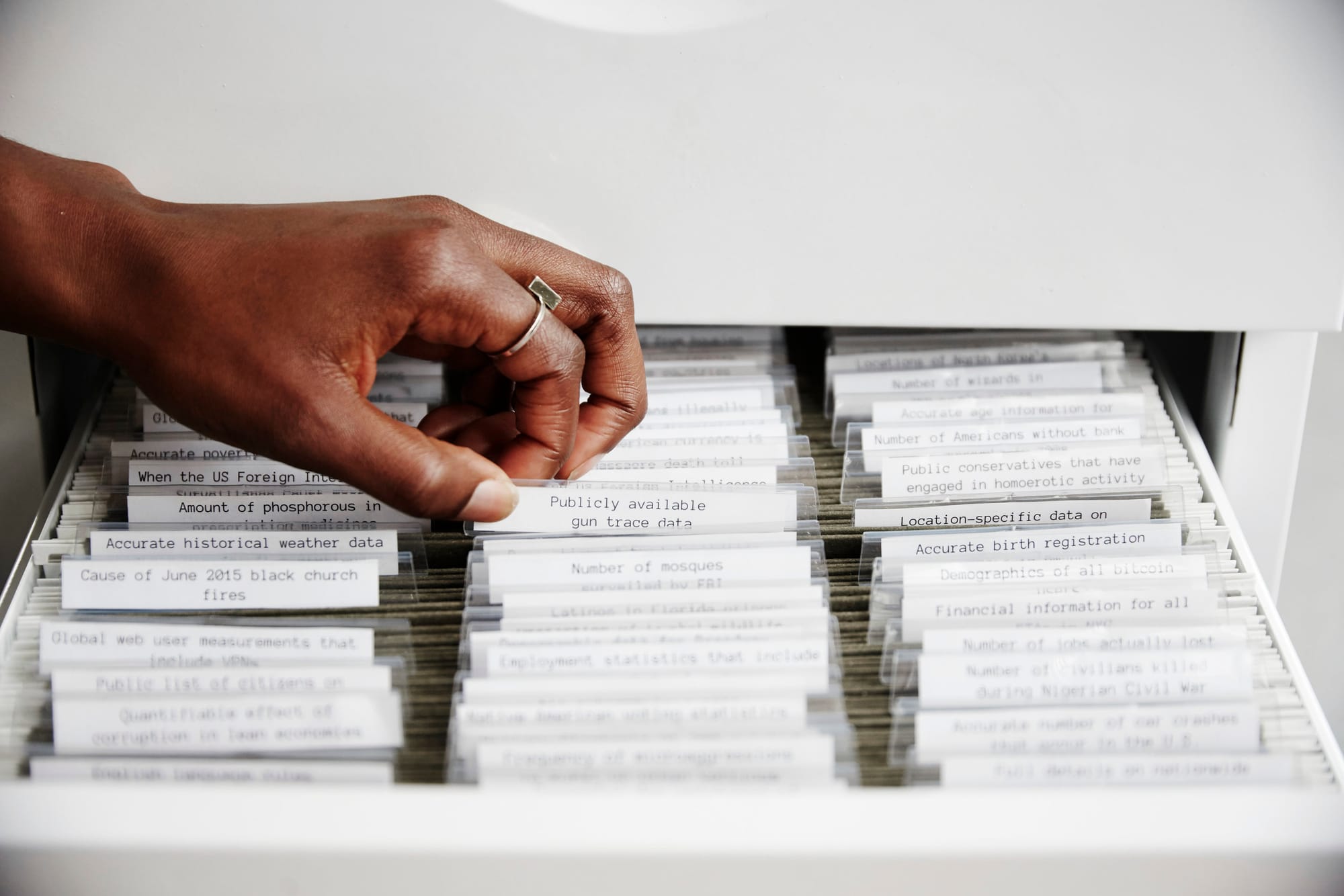
Adam Harvey’s CV Dazzle and HyperFace interrogate the supposed objectivity of facial recognition systems. CV Dazzle deploys algorithm confounding aesthetics—avant garde hair and makeup designs—that render faces unreadable to detection software.

HyperFace embeds false face like patterns into textiles, tricking algorithms into misclassifying what they see. Together, these works expose the fragility and bias of biometric systems, particularly in contexts of racialized and gendered surveillance.
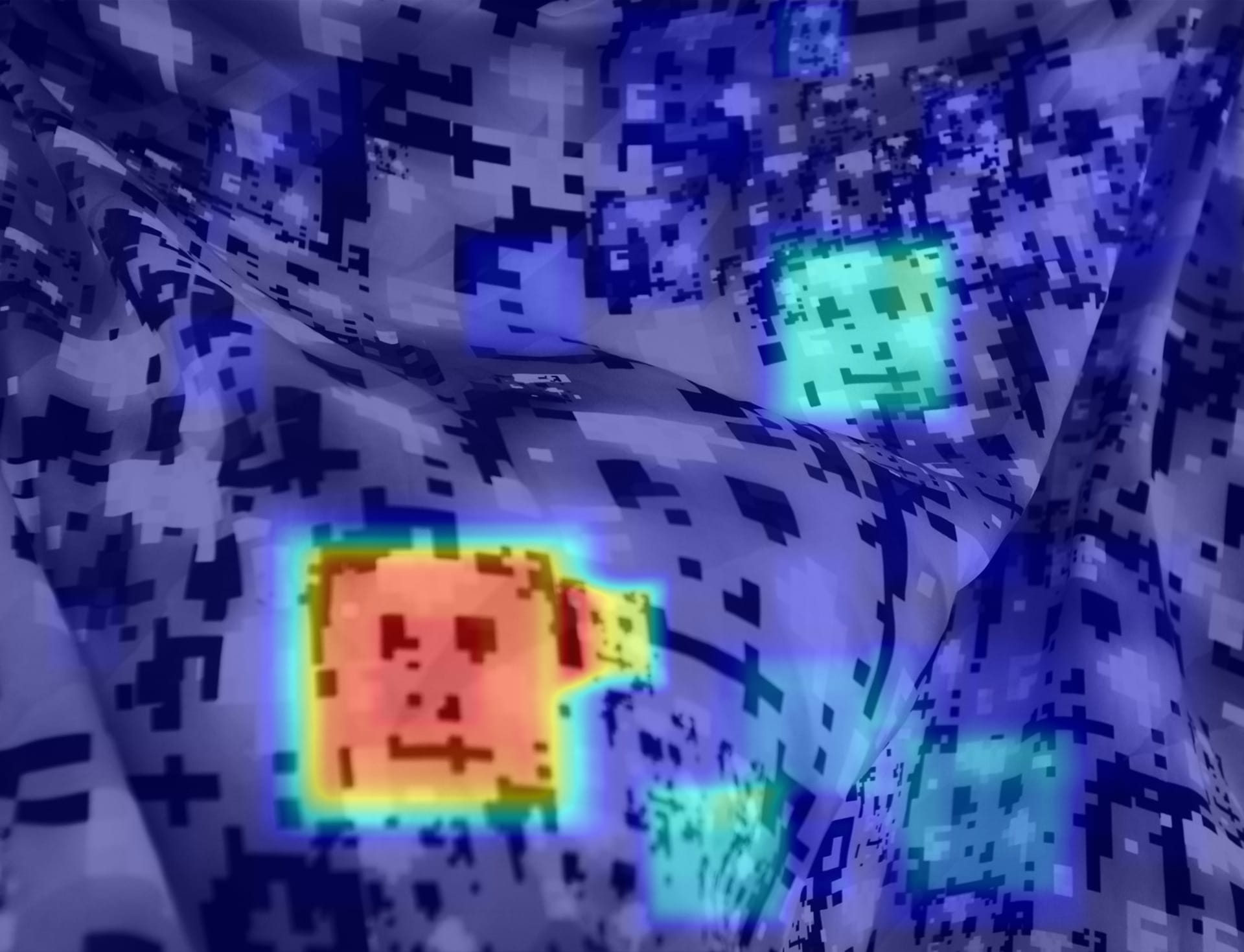
Paolo Cirio’s Sociality turns the rarely examined world of patents into a critical interface. By scraping and visualizing patents for technologies that manipulate or surveil internet users—algorithms predicting behavior, emotion, or identity—Cirio makes visible how systems of extraction are designed long before they are deployed. Visitors can navigate and collectively annotate the database, reframing intellectual property as a site of civic accountability rather than corporate secrecy.
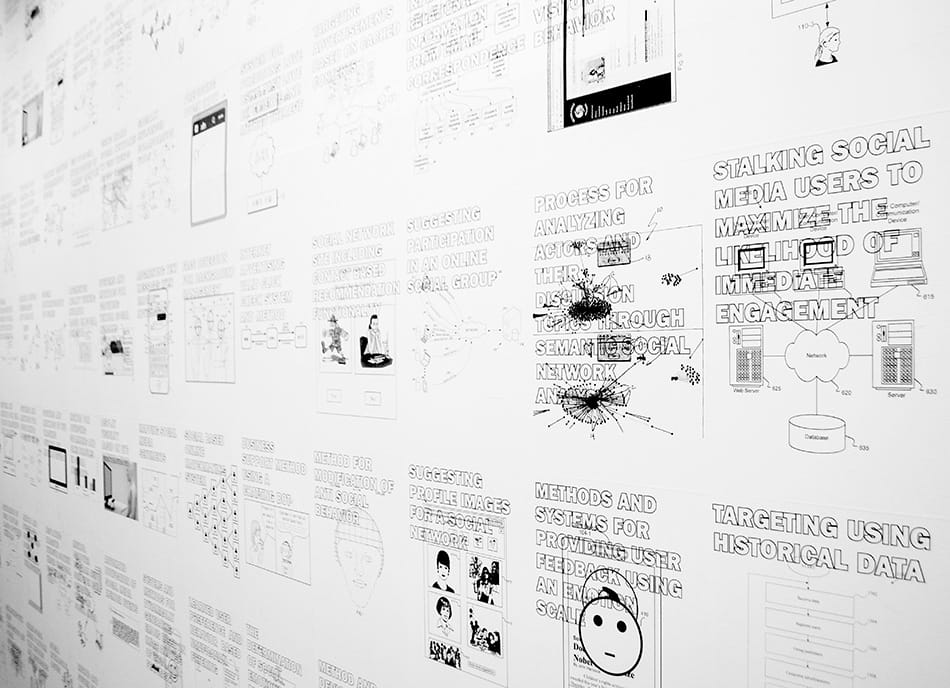
Taken together, these counter systems reveal data as contested infrastructure. They resist neutralization by insisting that archives, patents, and algorithms are themselves designed artifacts—coded with priorities that shape how the world is organized and who is made visible.
Toward a Poetics of Systems
Across these practices, the poetics of systems emerges not from beautifying information but from interrogating its conditions. To treat data as medium is to acknowledge that systems are never neutral; they are cultural artifacts, encoded with values, exclusions, and power. Visualization, sonification, and generative form become methods of systemic inquiry rather than aesthetic garnish.
The question is no longer whether data can be beautiful. It is how the materiality of data—its collection, processing, and display—produces new forms of knowledge and authority. The poetics of systems lies in keeping that complexity open, refusing easy legibility in favor of practices that compel us to think critically about how information itself organizes the world.

